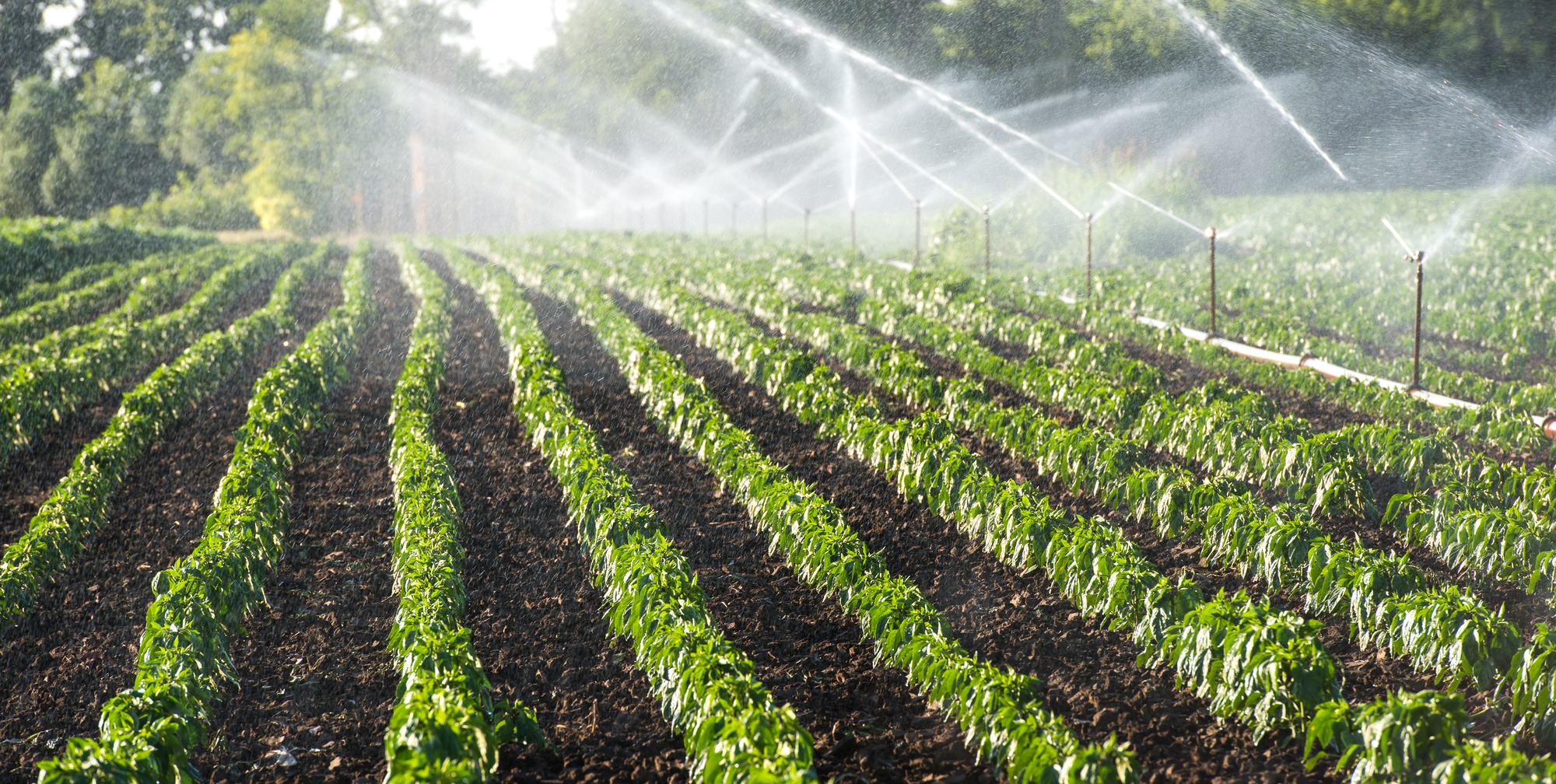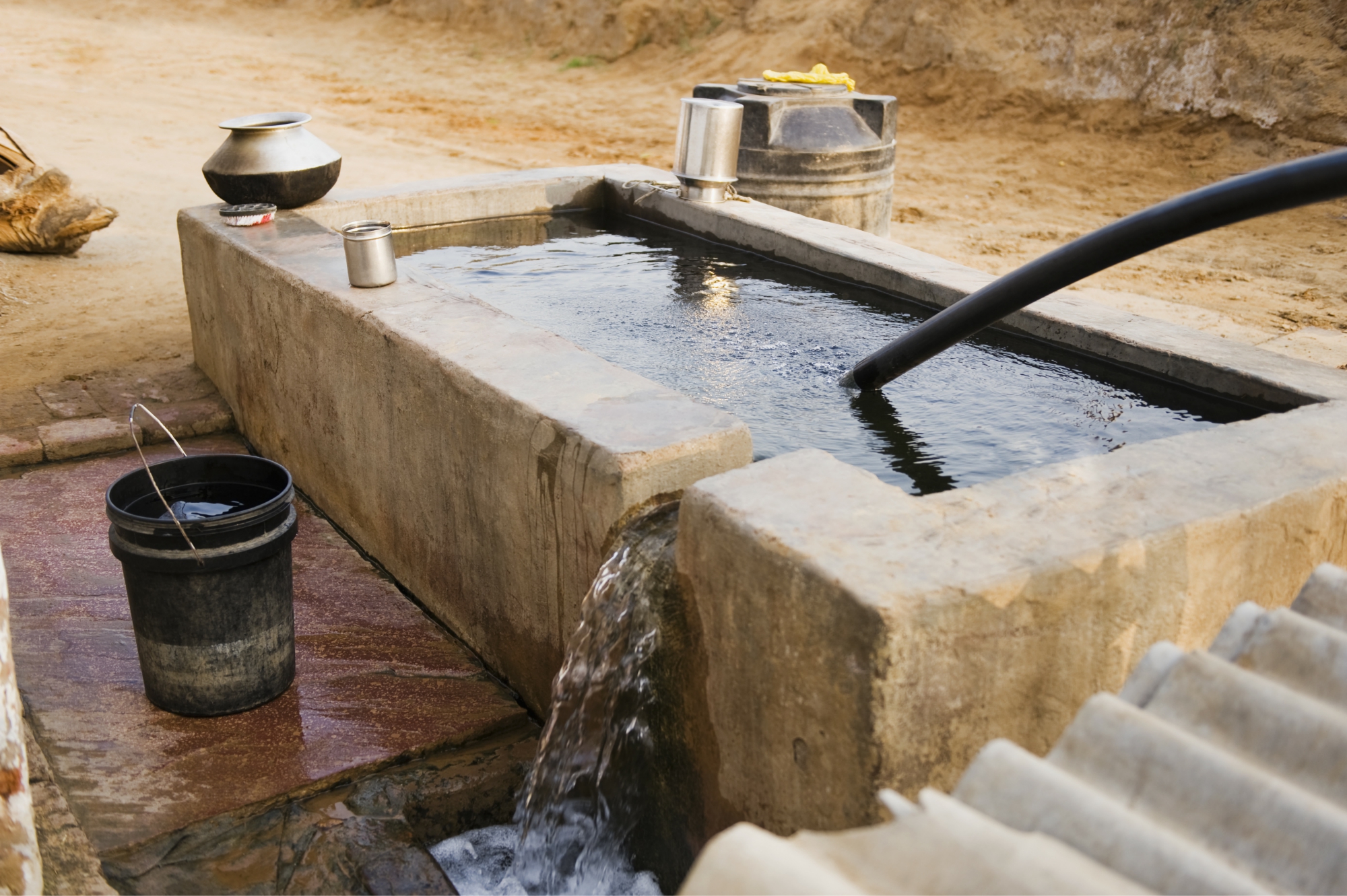
Irrigation is an important process in any farming, and because of this reason, ‘computerization’ first came into the irrigation system before anything in agriculture. Plants need water, and there is no surprise about this fact. But what makes the difference was the understanding that there is a specific time when they need it. Irrigating plants during the peak requirement window ensured a high return in yield, and this knowledge was the basis of the automatic watering system.
There were lots of studies which had set a watering standard for each of the plants, but with automatic watering systems, the computer can analyze various plant vitals and optimize this schedule. In this article you will discover more about automatic irrigation and its types which might give you more idea on how the system works. This sensor-based irrigation is much more efficient than the one with human intervention, and that’s the reason why they are getting faster acceptance in agricultural community.
What is an automatic watering system?
An ‘automatic watering system’ is a computer/timer-based water supply for crops which minimizes human intervention to just supervision. All water delivery systems like drip, surface, or sprinklers can be automated. There are various benefits for automation where the major one is reducing labor cost in exchange for an efficient water supply system. Usually the automation is installed by an engineer after assessing the field length, weather, micro-climate, humidity, soil properties and water requirement by the crops for efficient watering of plants.
The frequency of irrigation can be controlled with the help of a computer (in the modern system) or with a timer (in conventional automation). In automatic water system, fertigation can be easily done which further reduces the labor cost and ensures the safety of workers. Also, one profound benefit of the automatic watering system is the 24×7 irrigation irrespective of the labor availability, which will contribute towards the overall yield and profit.
Comparison: ‘old’ vs ‘new’ automatic watering system

‘Automatic watering systems’ is not a modern-day invention but has been there for a long time and its need became more compelling when the global population started rising. An innovation in irrigation system can be dated back to 6000 B.C and ever since then humankind is pushing the boundaries to invent more.
The automatic watering system can be vaguely be divided into three classifications:
- Conventional automation of irrigation system in which low tech components like a clay pot, PVC pipes, porous capsules, etc. were used to automate the irrigation. In ‘clay pot and porous capsule irrigation’ water is stored in clay pots and distributed via PVC pipes which are then discharged through porous capsules. Another low-tech automatic watering system includes the Surge flow and gravitational tank irrigation system which uses siphon effect and gravitation for water supply to plants.
- Mechanical timer-based – They were popular in the mid-’90s until recently and were still used in some parts of the world due to low capital cost involved. In this automatic watering system, a mechanical timer is employed which can be coupled with valves that regulate the flow of water. However, this system can only be automated for the frequency of watering and doesn’t take any feedback to adjust the watering or ratio of fertigation.
- Computer-based watering- Capital cost might be high in this automatic watering system, but the value for money and delivery of results are good with computer-based watering system. Here the watering strategy is devised by the computer depending on timing, the climatic conditions like light, temperature etc.
- Companies like Gremon Systems have already developed ultra-modern decision support system which helps to adjust better the automatic watering systems. Their system takes to account also soil moisture, EC level and plant physiological aspects like biomass, transpiration, etc. that employ sensors and state-of-the-art software to automate the irrigation.
The computer-based automatic watering system might be useful in a large greenhouse that cultivates intensive crops like tomato, cucumber, pepper, eggplant, etc. but the mechanical timer-based one can be used in an open field growing crops that are not too much sensitive towards climatic conditions and watering schedule, like wheat, sorghum, corn, etc.
All you need to know about new automatic watering system.
There are various types of computer automatic watering systems, and the main ones are described below.
- Time-based system: – Here, the water discharge depends on an electronic timer which can be programmed by the operator to control the water flow rate. In a time-based watering of plants, the user can predetermine the water requirement of a crop using algorithms based on previous observations. Factors like time of operation, volume of water, and average flow rate can be adjusted here.
- Volume-based system: – The predetermined amount of water is dispensed using a set of automatic volume controller valve. Here also the calculation is based on an algorithm from previous trial.
- Open-loop system: – In this automatic watering system, the operator has control over the timing and amount of water to be dispensed which can be pre-set to the computer. The start of irrigation system is usually based on a timer or clock, whereas the cut off can either be based on volume of water or time.
- Closed-loop system: – A closed-loop system is a more sophisticated one in which the operator once defined a strategy the general working will be taken care by a system based on a set of feedback provided by the sensors installed on the field but at this moment most of such systems can take to account limited factors (mainly radiaton and soil moister).
- The biggest challenge in adjusting a Closed-loop systems better, is how to integrate rules, which is based on a more refined version of a computer-based closed-loop system will help to detect better what is the right time for the first and the last irrigation of a day.
- For example, the current version of ‘Trutina’ from Gremon Systems is a decision support system which can help to set better an automatic watering system that takes feedback from several sensors like pyranometer, E-box, GS3, weight cell, etc. which feeds the software front with necessary information to automate the irrigation system.

A semi-automatic watering system like the one from Gremon Systems which is an Android application is setting already a golden standard for computer-based farming and as first step irrigation has been automated which significantly reflects on the yield and profit generated.
Semi because it is able to take to account all the important parameter of the environment and plant as well for optimizing the irrigation strategy in order to maximize the yield and quality and which is the final step to manage the watering full automatically on the most professional way.
Why is the new automatic watering system more efficient?
The automatic watering systems undoubtedly is helping the farmers conserve water, thereby improving society. In any irrigation system, the prime motive will be to use the water most efficiently and that’s precisely what has been done here by automatic watering systems. For example, ‘Trutina’ discharges water based on the climatic and plant condition such that over-irrigation or under irrigation is eliminated, which means more yield with less water. Also, the latest iteration of this Trutina employs a real time-based analysis which can communicate with the operator through notifications and alerts on the mobile app. Based on the information received the operator can adjust the irrigation parameters either depending on the data analysis by the app or farmer’s previous experience.

The best part about automatic watering system is that human intervention is significantly reduced that helps in reduction of labor cost and the same resource can be spent on other aspects of farming. Water conservation, elimination of improper irrigation, easy fertigation, reduction in labor cost, and efficient watering of plant are some of the benefits of automatic watering systems.
Conclusion
Automatic watering systems are setting a benchmark for farming around the world, which, in a sense, is becoming a mandatory norm for water conservation. Always the best systems are the one which automates a process based on multiple inputs like ‘Trutina’ which takes data from various aspects of farming to give the best possible irrigation system. Unarguably, automatic watering system is a smart investment because the benefit is reflected in profit, yield and resource management.
